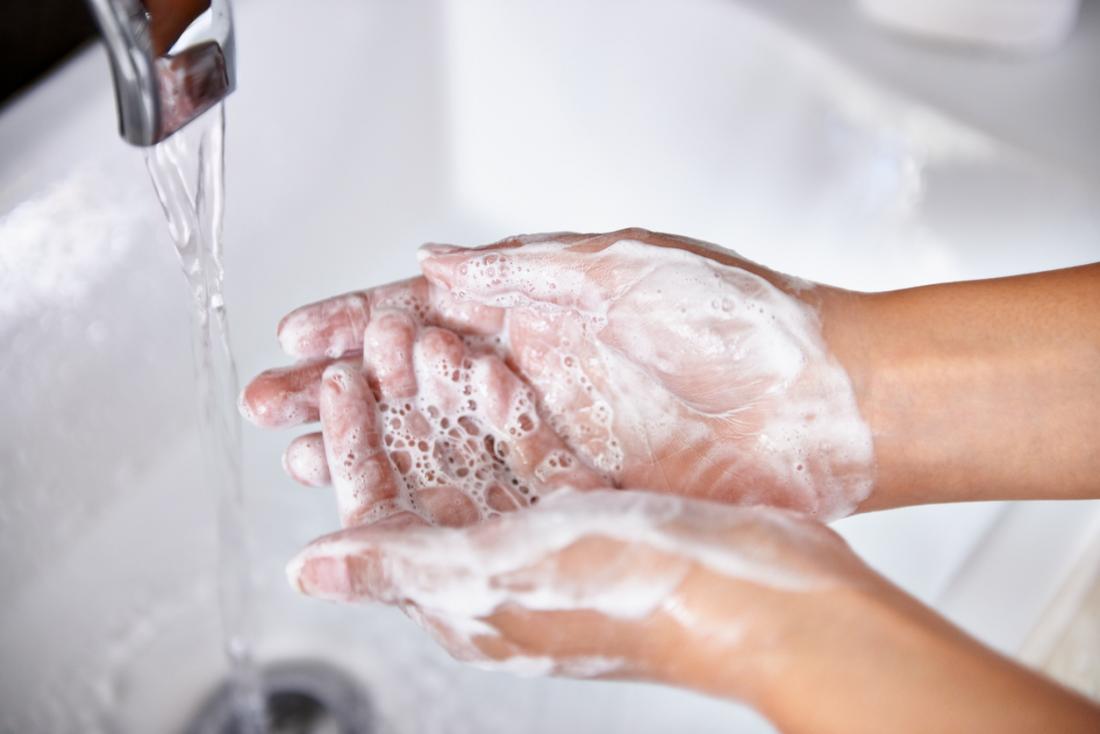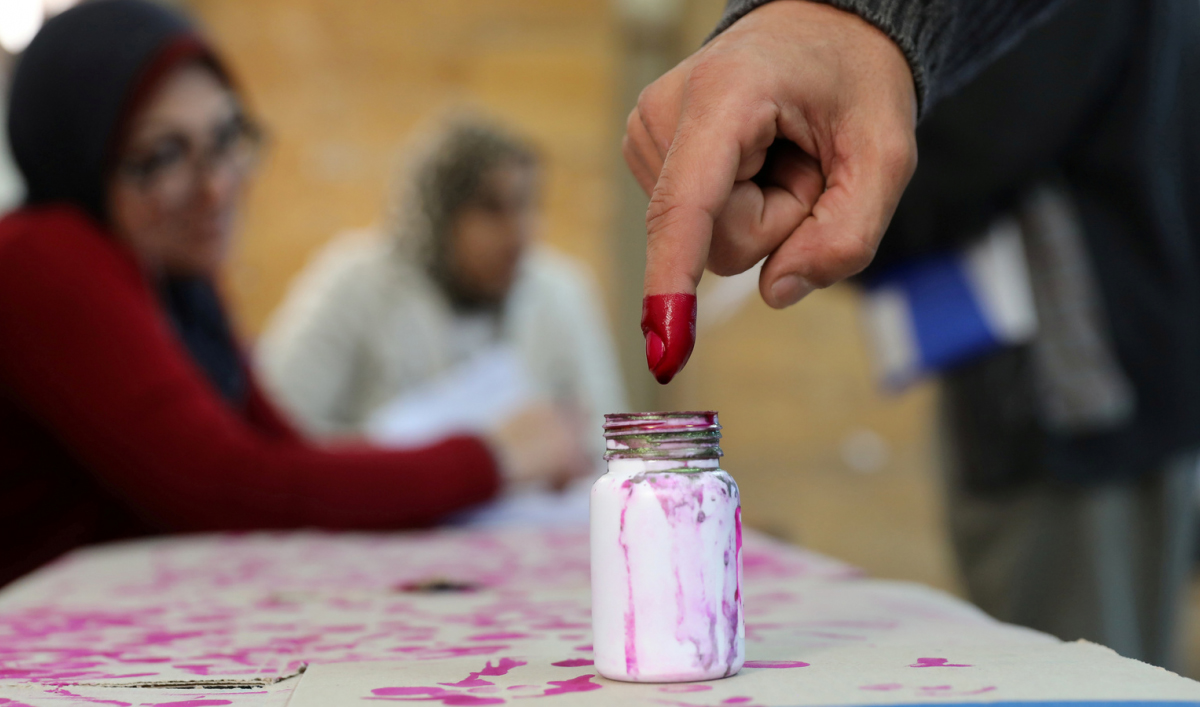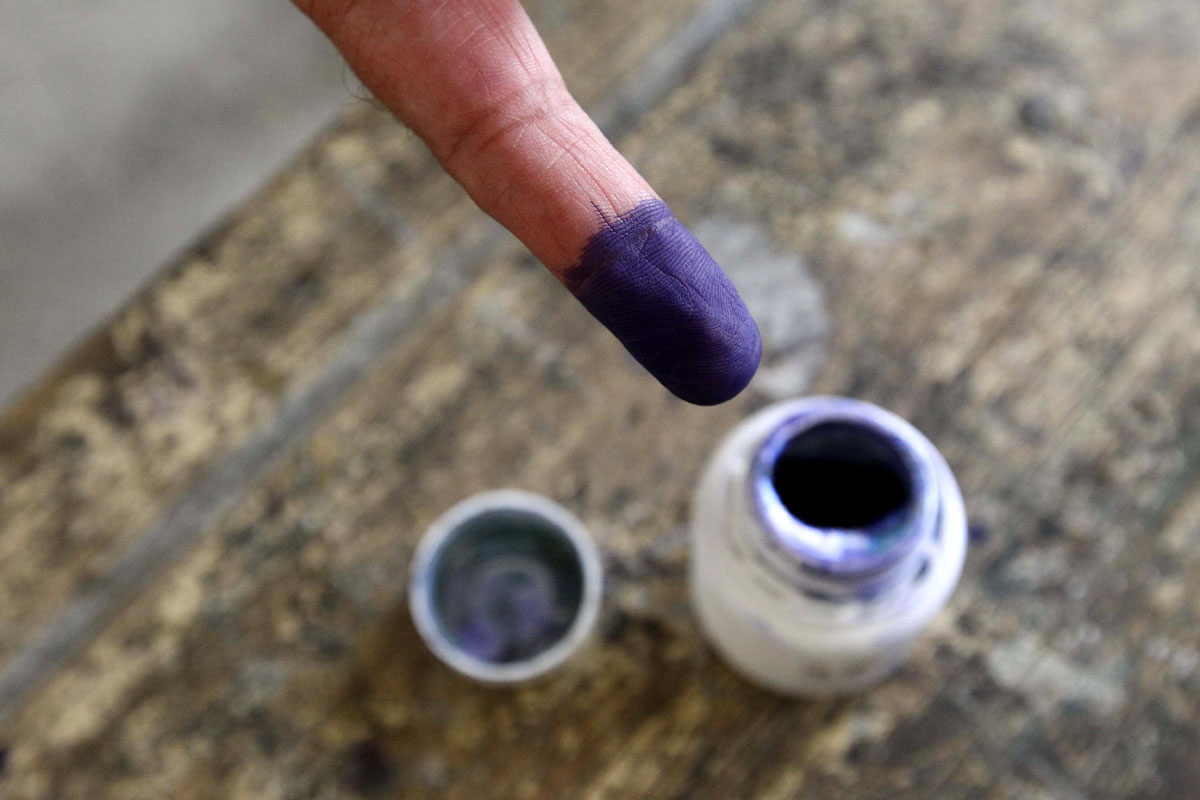Election Ink: What Is It, and How Is It Used?
Election ink is some of the most stubborn ink in use today. This ink was first created to deter voter fraud in India, but it can be useful in a variety of applications as well. Election ink applied to the skin and is meant to withstand water, abrasions, soaps, and body oils, without smudging, flaking, or smearing.
Note some exciting information about election ink including how it got started and how it can be used today, so you know if you might want to use this type of ink in particular when you need to make semi-permanent marks on the skin.
Why Election Ink Was Invented

Once you get election ink on your skin, you cannot wash it off very easily, but this durability is precisely why this ink was created in the first place! Election ink was invented in the 1950s in India, after the country’s first general open election.
After the election had taken place, the election commission in that country noticed a tremendous amount of voter fraud, mostly due to voters casting more than one ballot at different polling places.
Needing a solution, the election commission and other officials turned to local scientists for help. These experts soon developed a type of indelible ink that was safe for application on the skin, but which could not be smeared, erased, or removed easily once applied.
This new ink was used in the country’s next general election; at a polling place, voters would dip a finger into a jar of this ink, or someone would stain or dot an area of their hand with this ink. Since this ink was difficult if not impossible to wash off, it prevented voters from turning up at a second polling place to cast another ballot!
How Election Ink Is Made

Election ink is made with a base of silver nitrate, a durable chemical that is used for pain relief and to remove excess or unwanted tissue from wounds and scars. Silver nitrate seeps into the protein of your skin and forms a permanent bond with those cells.
In turn, this ink does not easily wash off, no matter if you use soap, laundry detergent, oil, makeup remover, vinegar, or any other such compound. Election ink will stick to skin, fingernails, cuticles, and even moles, freckles, scar tissue, and the like.
Getting Rid of Election Ink

Since election ink is so difficult to remove, how do you take it off, and why does it eventually come off on its own? The simple answer is that the ink has penetrated the outer layers of your skin cells, and this stain will fade away when those skin cells fall off.
Note that your body is always losing skin cells, so an election ink stain will usually go away on its own after several days. If the ink has permeated a fingernail or cuticle, it takes much longer for those cells to be shed so that you might be stuck with that ink spot for two to four weeks.
If you must remove this ink from your finger or hand before that time, your only option is to scrub away the skin, to remove those upper or outer cells.
A dry shower brush or scrubby pad can make quicker work of this task, but the process will typically be very irritating and downright painful to the skin and may result in lots of redness and irritation. You can use a nail file to file down stained nails, and a cuticle clipper to trim stained cuticles.
While soap won’t help to remove that ink, it can be good to use a moisturizing cleanser while you scrub your skin, to help alleviate dryness and irritation.
You’ll also want to use lots of nourishing oils and moisturizers on the skin and fingernails after you’ve removed the ink, to keep skin supple and prevent chapping and chafing.
In Use Today

While stamping or staining a person’s hand or finger may sound very simplistic, this method of monitoring voters was so successful in helping stem the tide of voter fraud in India that it is still used in that country today!
Other countries have also used election ink at one time or another, especially in areas where paper identification is not readily available to voters. These countries include Afghanistan, Malaysia, Egypt, South Africa, Syria, Turkey, and many others.
While election ink was made specifically for voters in these countries, you might consider if this type of ink would be useful for your applications.
For example, many nightclubs will have someone check identification at the front door and then stamp a person’s hand with election ink, so service at the bar is not slowed by bartenders needing to check a person’s age and identification.
Family restaurants with game or play areas might use election ink to identify children and their guardians as they come through the front door so that no one can leave with a child they did not bring with them!
Hospitals might also use election ink to make markings on a patient’s body, including incision lines to follow during surgery, notes about patient allergies or other concerns, or simple identification of patients where a bracelet or other form of I.D. cannot be used.
As you can see, election ink is not strictly used for elections these days! There are multiple uses for this type of ink in our everyday lives.
Human innovation often happens because someone tries to come up with a solution to a problem, only for this solution to be utilized in so many other ways once the technology has been invented.
Election ink that was invented in the 1950s is a prime example of this phenomenon and as a society, we keep finding interesting uses for this old invention.



















